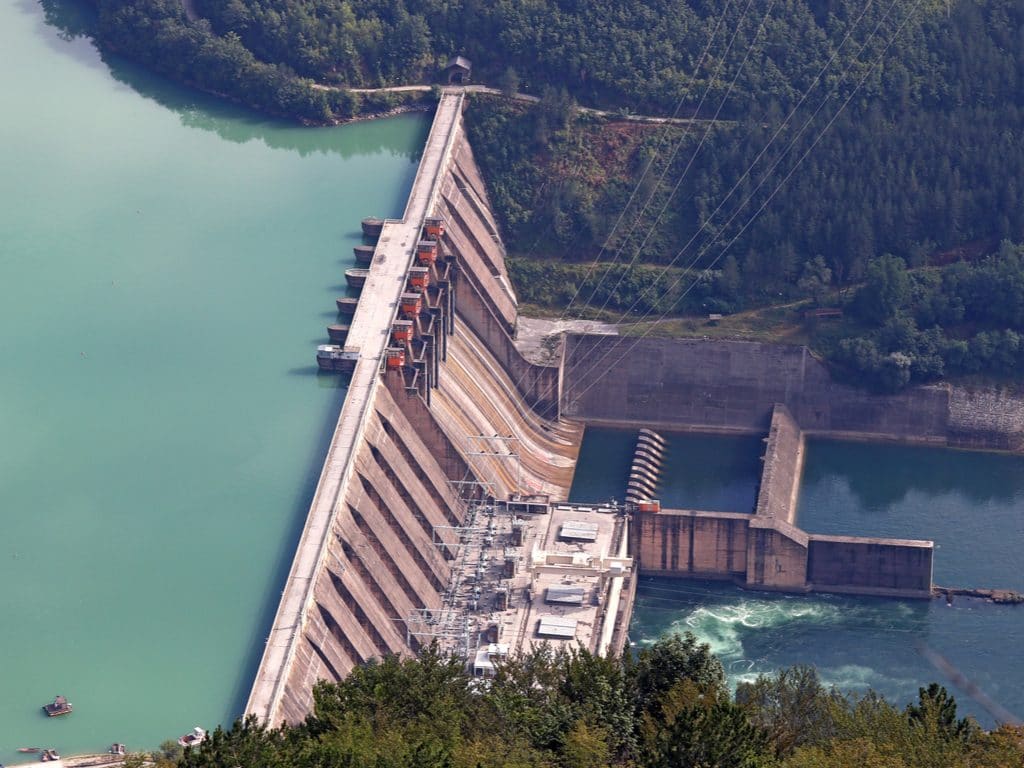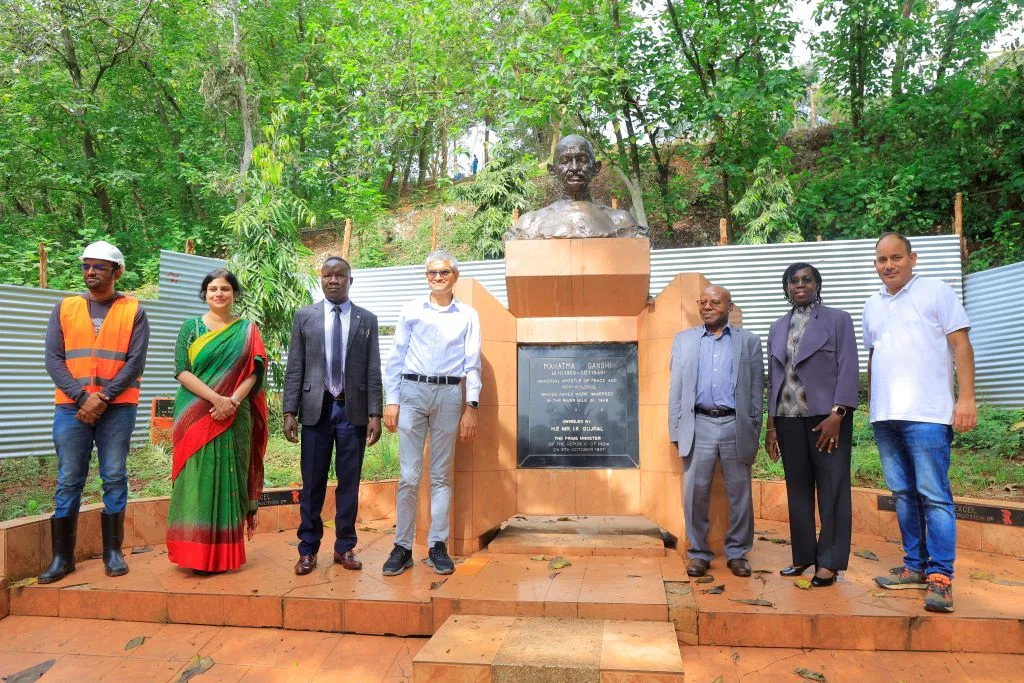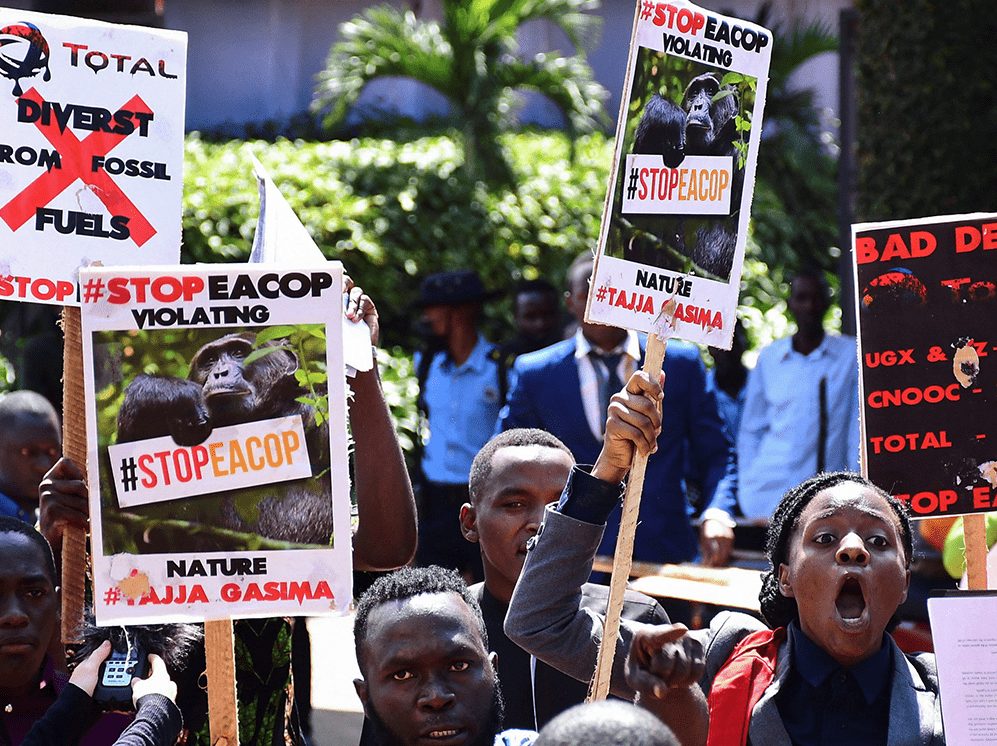East Africa is currently grappling with frequent power outages, despite having surplus electricity capacity. Uganda, in particular, is facing challenges in exporting its excess hydropower to the region due to a long-standing issue with the transmission network. This predicament is attributed to aging transmission lines, delayed power projects, and inadequately maintained grids across East Africa.
Kenya has recently joined Tanzania in officially announcing power rationing to stabilize electricity distribution. The overloading of a Kisumu-Muhoroni 132kV line led to a significant blackout in Kenya on December 10, marking the third occurrence of such an incident. In response, the Kenyan government is contemplating load shedding and exploring the construction of transmission lines to enhance supply and safeguard the country’s investment profile.
President William Ruto, after chairing a Cabinet meeting, emphasized the need to address frequent power failures that adversely impact Kenya’s investment climate and public well-being. The Cabinet proposed unbundling the transmission system to prevent localized power failures from affecting the entire country. Energy Cabinet Secretary Davis Chirchir highlighted that load shedding is a short-term solution to prevent blackouts, citing transmission challenges rather than power generation as the primary issue.
Despite Kenya’s total installed capacity of 3,300MW as of October, inefficiencies within Kenya Power have resulted in substantial financial losses and missed business opportunities. An audit report revealed that the company purchased 13,290gWh from power producers but only sold 10,234gWh to customers, leading to an efficiency loss of 3,056gWh. The utility’s failure to connect 21,231 customers, despite receiving capital contributions, further contributed to these inefficiencies.
Tony Wanyama, CEO of Capital Power, emphasized that inadequate planning is a significant factor affecting Kenya’s electricity supply. While Uganda and Ethiopia supply power, the instability in the transmission lines poses challenges, especially in distributing power from Olkaria to Western Kenya.
Tanzania is also grappling with power shortages, with a total capacity just over 1,900MW and rationing in effect since September 2023. Maintenance issues and climate-induced water shortages have caused a 400MW shortfall. Despite ongoing power projects, including the Julius Nyerere hydropower dam, Tanzania Electric Supply Company Ltd (Tanesco) anticipates resolving shortages by March next year, aiming to double the country’s installed capacity.
The Tanzanian government is actively engaged in various power projects, including a 150MW solar farm, as part of its ambitious goal to achieve a 5,000MW capacity by 2025. The situation highlights the complex challenges faced by East African nations in managing their electricity supply despite having excess power production capabilities.
| Country | Challenges | Proposed Solutions |
|---|---|---|
| Uganda | Stalled transmission network affecting export | Addressing transmission network issues |
| Kenya | Frequent power outages, inefficient power distribution | Load shedding, construction of transmission lines |
| Tanzania | Power shortages, reliance on natural gas | Resolution of maintenance issues, completion of hydropower dam |




















